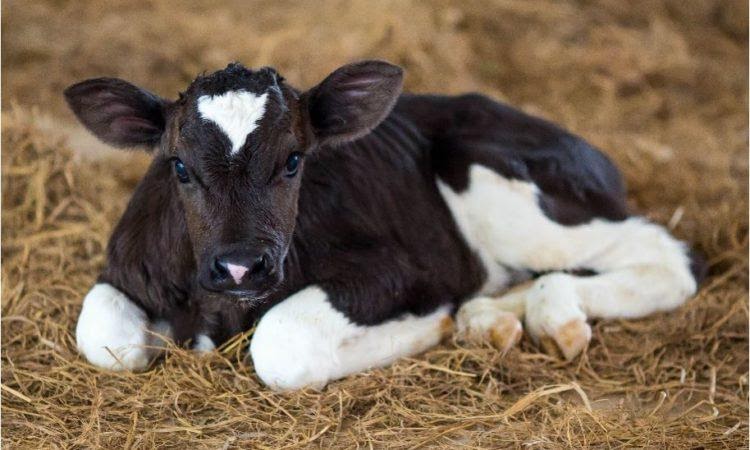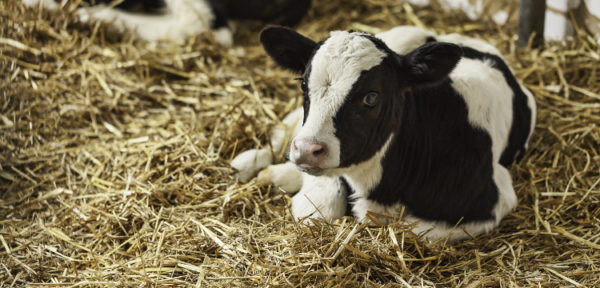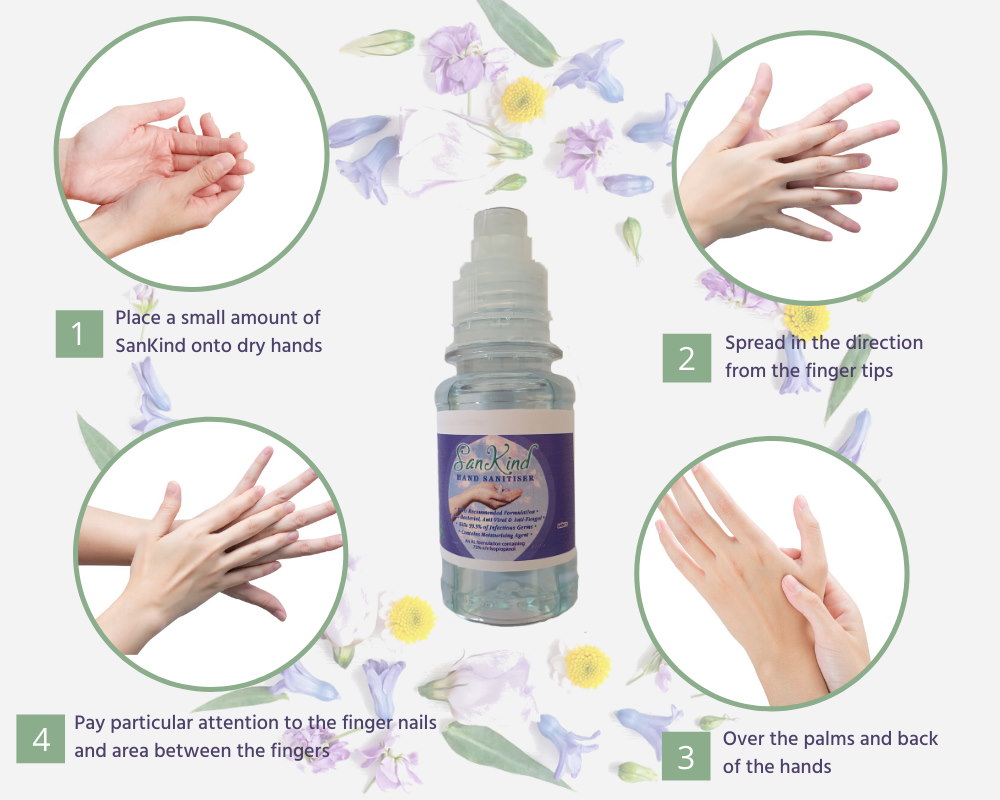Cyton Biosciences review of in feed chlortetracycline treatment of young cattle to investigate effects on animal health and antimicrobial resistant Escherichia coli due to apparently metaphylactic use in the early stages of a respiratory disease outbreak
Agga GE, Schmidt JW, Arthur TM. 2016. Effects of in-feed chlortetracycline prophylaxis in beef cattle on animal health and antimicrobial resistant Escherichia coli. Appl Environ Microbiol 82:7197–7204.
Abstract
A USA study investigated concerns that in-feed chlortetracycline (CTC) might increase antimicrobial resistance (AMR). The study utilised 5-days of CTC treatment in-feed to cattle less than 6 months old (150 untreated controls and 150 treated) on days 5-9 after arrival at a feedlot. The US publication describes the treatment as prophylaxis but close examination of the data suggests this might be considered to be metaphylactic use. The results show that control cattle started to be recorded as being unhealthy on the penultimate day of the treatment period (8 days after arrival at the feedlot). Investigation of the published graphical data suggests that approximately 33 of the 38 control animals that became unhealthy did so during the period 8-13 days after arrival at the feedlot. Consequently, the CTC use on days 5-9 might be considered as metaphylactic in the early stages of a respiratory disease outbreak. During the approximately 4 months study more than 25% (38/150) of the control cattle developed illnesses that required therapeutic treatment with antimicrobials critically important to human medicine: whereas only two cattle (1.3%) in the CTC group required such treatments. Faecal and pen surface swabs were used to investigate any changes in tetracycline resistant Escherichia coli (TET r E. coli) and third-generation cephalosporin-resistant E. coli (3GC r E. coli) at five sampling points (arrival at the feedlot, 5 days post-treatment (5 dpt), 27 dpt, 75 dpt and 117 dpt). TET r E. coli concentrations were higher for the CTC group than the control group at 5 dpt (p<0.01) but there were no significant differences between the groups at 27, 75 and 117 dpt. The occurrences of 3GC r E. coli did not differ between groups on any sampling occasion. For both the control and CTC groups, generic, TET r , and 3GC r E. coli occurrences were highest at 75 dpt and 117 dpt which the authors suggest meant that factors other than in-feed CTC contributed more significantly to antimicrobial-resistant E. coli occurrence. The publication indicates that the use of in-feed CTC administered for 5 days to feedlot cattle less than 6 months of age reduced animal morbidity, reduced the use of antimicrobials considered more critical to human health, and had no long-term impact on the occurrence of antimicrobial-resistant E.coli.
Background and Introduction
The article “Effects of in-feed chlortetracycline prophylaxis in beef cattle on animal health and antimicrobial resistant Escherichia coli” was written by Agga et al. in 2016 and was published in the journal “Applied and Environmental Microbiology”.
The study was conducted to provide further understanding on the theory that exposing healthy animals to in-feed chlortetracycline (CTC) may increase the spread of antimicrobial resistance (AMR). This study evaluated the effect of a one-time 5-day in-feed CTC treatment to USA feedlot calves (morbidity and body weight gain), occurrence of tetracycline-resistant (TET r ) E. coli, and occurrence of 3 rd generation cephalosporin-resistant (3GC r ) E. coli over a 4-month follow-up period.
Materials and methods:
Three hundred weaned calves less than six months old of both sexes were randomly allocated to a CTC or control group. The calves in the CTC group were medicated with 10 mg chlortetracycline per lb (equivalent to 22.05 mg/kg) for 5 days, starting on day 5 post arrival. The animals were housed in pens of 30 animals per pen. The groups were separated by empty pens, and three empty pens were also included in the study. The detailed study was performed by the United States Department of Agriculture (USDA) with a declaration of no competing interests.
Faecal swabs, pen surface material, feed and water samples were collected on five occasions: at arrival, and on days 5, 27, 75 and 117 post treatment. On each sampling occasion, faecal swabs were collected from the rectum, four samples per pen were collected from all pens including the three empty pens, one water trough sample from each trough and one fresh feed sample were collected.
Generic E. coli were isolated from CHROMagar E. coli (CEC) media that was supplemented with 2 mg/l cefotaxime to detect 3GC r E. coli and with 32 mg/l tetracycline to detect TET r E. coli. Colonies were enumerated with an automated colony counter. After secondary enrichment, cultures were plated in media as described above to detect generic, 3GC r and TET r E. coli and presumptive colonies were subsequently used to confirm presumptive E. coli by PCR.
The publication used a clinical breakpoint of 32 mg/l to detect resistant strains, and the authors suggest that a lower value may provide false positives, but it is possible that a 32 mg/l breakpoint may have underestimated the number of bacteria that might be considered to be resistant.
Bodyweight measures were assessed using a multilevel mixed effects linear regression. Morbidity was assessed using survival analysis with a Cox proportional hazards regression model. Pen-level generic, TET r and 3GC r E. coli mean and 95% confidence intervals were determined using a multilevel mixed-effects linear model. Mean prevalence (%) was obtained using a multilevel mixed effects logistic regression model. Multiple comparisons were adjusted by Bonferroni. The experimental unit was the pen. P values less than 5% or 95% confidence intervals were used to make inferences.
Zero values for colony enumeration were replaced by the midpoint between the limit of detection and the limit of enumeration. For samples below the limit of detection the zero values were assigned a -1 log less than the limit of detection.
Results
Groups were balanced at the start of the study for age, weight and prior antimicrobial treatments although there were more females in the CTC group (p<0.001) with 60% of the animals in the CTC group being females, compared to 40% in the control group. Throughout the study, mean bodyweights did not differ between groups. A possible effect on bodyweight results (to the detriment of the CTC group) cannot be ruled out as females might be expected to weigh less than males at 9 months of age at the end of the study. The results show that CTC treatment impact was significant, as noted in the cumulative morbidities and survival analysis. Animals in the control group were 28 times more likely to become sick and need antimicrobial treatment than animals in the CTC group. Pneumonia was the most common condition diagnosed. Treated animals were removed from the study but the publication does not provide details on the timings of these removals or information on the microbiological aspect of those cattle.
Faecal swabs: Only on day 5 post treatment were generic and TET r E. coli significantly higher (P<0.001) in the CTC group than the control group whilst at all other sampling time points differences between groups were not significant, except on day 117 post treatment when generic E.coli was higher in the control group (p=0.01). In the CTC group, on day 5 post treatment generic E. coli concentration did not differ from the arrival concentration but TET r E. coli concentration was higher than at arrival (P<0.01). From day 5 post treatment onwards, all concentrations were
higher than in their previous sampling time point (p<0.05) in both groups. Prevalence (%) was analysed for 3GC r E. coli because only 0.1% of the samples presented values above the limit of enumeration. Prevalence of 3GC r E. coli did not differ between the CTC and control group throughout the study and increased from less than 10% to more than 70% in both groups on the last two sampling occasions (P<0.01).
Pen surface samples: On day 5 post treatment, TET r E. coli was significantly higher (P<0.01) in the CTC group than the control group while at all other sampling time points differences between groups were not significant. On day 5 post treatment, measured generic E. coli were higher than their arrival concentration in both groups (p<0.05), while TET r E. coli concentrations were higher than the arrival concentration only in the CTC group (P<0.01). In both groups, on days 27, 75 and 117 post treatment, generic and TET r E. coli concentrations were not significantly different, but
were higher than at earlier time points (p≤0.01). As for faecal swabs, only prevalence (%) was analysed for 3GC r E. coli and prevalence did not differ significantly between the CTC and control group throughout the study.
At arrival, generic and TET r E. coli concentrations in the empty pens did not differ from control or CTC pens, and in the subsequent sampling time points empty pens did not differ from their arrival concentration. From day 27 post treatment onwards empty pen concentrations were lower (P<0.01) than in the control and CTC groups. From day 27 onwards 3GC r E. coli was significantly lower in the empty pens compared to both other groups.
Feed and water samples: Prevalence in feed of generic and TET r E.coli concentrations was 100% at all time points, concentrations were higher on days 75 and 117 post treatment in comparison to earlier time points. 3GC r E. coli was not detected in feed samples until the last sampling time point when it was found in 100% of the feed samples below the limit of numeration. In water, 3GC r E. coli was detected in 50% of the samples in the CTC group on days 75 and 117 post treatment and in 100% of the samples in the control group on day 117 post treatment.
Discussion
The choice of sampling time points was not explained in the publication. Based on the peak observed 5 days post treatment an additional sampling time-point before 27 days post treatment could have provided some additional information regarding treatment related effects, on TET r E. coli isolates. Similarly, an additional sampling time point between day 27 and 75 post treatment may have provided further information on the development of 3GC r E. coli prevalence. The pre-study selection of sampling times is often difficult, and further research would be needed to
investigate these issues.
Pen samples were assessed in this study to address the concerns about the potential environmental impact of in-feed treatment with CTC. Pen samples showed as for faecal samples, that on day 5 post treatment TET r E. coli was higher in the CTC group but thereafter differences were not significant between groups, but concentrations were significantly higher than at arrival. All three pens showed a proportional concentration between TET r and generic E. coli.
It is also noted that the faecal sample concentrations (generic and TET r E. coli) and prevalence (3GC r E. coli) were higher on days 75 and 117 post treatment than at earlier time points, but this increase was not discussed in detail and the investigators suggest that it could be attributed to other factors, including ambient temperature and season.
The lack of significant differences between groups was discussed and it was suggested that other factors had greater impact than in-feed CTC for faecal TET r and 3GC r E. coli prevalence. The investigators suggest that deposited E. coli populations or increased nutrients from deposited manure or a combination of these were the principal factors contributing to the increase in resistant E. coli prevalence. The investigators suggest this is supported by the published literature stating that antimicrobial resistant bacteria and antimicrobial resistant genes increased in soils from pens holding untreated cattle or pens that were fertilised with manure from cattle that had not received antibiotics.
The reason why resistant E. coli increased as the study progressed in both groups was attributed to the known presence of E. coli in feed which also increased as the study progressed, and presence in water was attributed to contamination by E. coli from the calves’ heads and oral cavities.
The publication noted that the ration fed contained antibiotics tylosin and monensin on occasions, but it was stated that these antimicrobials had no impact on the results due to the intrinsic resistance of E. coli to them.
The results showed that CTC did not influence body weight but significantly reduced morbidity and therapeutic antimicrobial use in the treated group. Morbidities were more likely in the control group and animals had to be treated with antimicrobials that are considered highest priority critical antimicrobials by the World Health Organisation (WHO).
The investigators concluded that in-feed treatment with CTC temporarily increased TET r E. coli in faecal samples and pen samples but did not impact on faecal or pen prevalence of 3GC r E. coli. Feed and water samples showed increases in generic, TET r and 3GC r resistant E. coli regardless of CTC treatment in the second half of the study. The investigators concluded that other undefined factors contributed more significantly than CTC to the prevalence of TET r and 3GC r E. coli, and that confident attribution of antimicrobial-resistant E. coli occurrences to specific factors requires additional study.
These conclusions are also supported by Alexander et al (2008) who found that the proportion of feedlot steers- harbouring tetracycline resistant E. coli strains exceeded 40% despite their having had no previous exposure to tetracycline, even before antimicrobial agents were included in the diet. Alexander et al demonstrated that tetracycline (- and ampicillin) -resistant E. coli were harboured by a large number of cattle shortly after arrival at the feedlot, independent of any direct exposure to antibiotics and that presumably, the majority of these resistant E. coli would have been acquired from the environment in which the calves were raised, either from their dams or other environmental sources. Survival of E. coli has been shown to occur up to 150 days in faecal pats on range land, and stored feed has also been implicated as a source of antimicrobial-resistant E. coli at
feedlots.
Conclusion
The authors summarise their findings that CTC administered for 5 days in-feed to USA feedlot cattle less than 6 months old: reduced morbidity; reduced the therapeutic use of highest priority critically important antimicrobials; temporarily increased faecal TET r E. coli concentration; temporarily increased pen surface TET r E. coli concentration; did not impact long-term faecal TET r E. coli concentration; did not impact faecal 3GC r E. coli prevalence; and did not impact pen surface 3GC r E. coli prevalence.
Regardless of in-feed CTC exposure, generic, TET r and 3GC r E. coli occurrences were highest during the last two sampling occasions, 75 and 117 days after in-feed CTC administration ceased. Consequently, the paper concludes that other undefined factors contributed more significantly to TET r and 3GC r E. coli occurrence than the use of a 5-day course of in-feed CTC.
Literature cited
Alexander, T W et al. “Effect of subtherapeutic administration of antibiotics on the prevalence of antibiotic-resistant Escherichia coli bacteria in feedlot cattle.” Applied and environmental microbiology vol. 74,14 (2008): 4405-16. doi:10.1128/AEM.00489-08
 Univet Ltd.
Univet Ltd.







